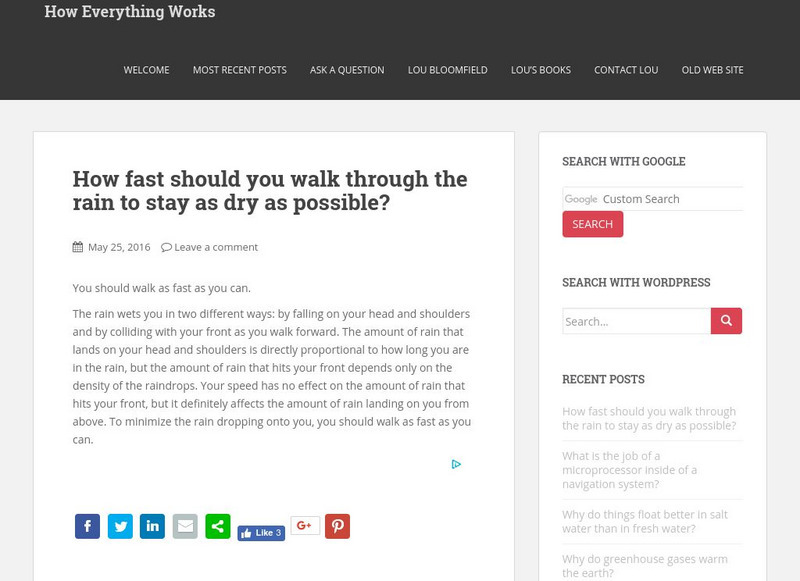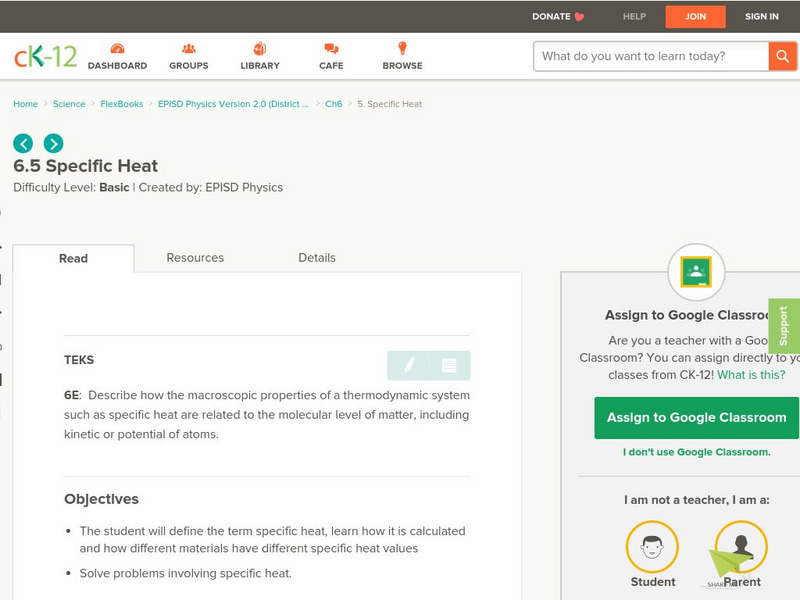Science is Fun
Science Is Fun: The Fireproof Balloon
In this experiment, two balloons are each placed over a lighted match, but the one that has had water placed inside it does not burst. Includes an explanation of why that is so.
Other
Physics Labs: Heat of Fusion (Hf) of Ice
A complete set of directions, notes and suggestions for a lab involving the determination of the heat of fusion of ice. Suitable for a student project or lab investigation.
Other
Physics Labs/heat of Vaporization (Hv) of Water
A complete set of directions, notes and suggestions for a demonstration involving the determination of the heat of vaporization of water. Suitable for a student project or lab investigation.
Other
Physics Labs/specific Heat (C) of Metal
A complete set of directions, notes, and suggestions for a lab involving the determination of the specific heat values for various metals. Suitable for a student project or lab investigation.
TeachEngineering
Teach Engineering: Environment
Through 10 lessons and more than 20 hands-on activities, students are introduced to the concept of an environment and the many interactions within it. As they learn about natural and human-made environments, as well as renewable and...
FT Exploring
Ft Exploring: The Second Law of Thermodynamics Equilibrium & Heat Engines
Use this illustrated guide to understand equilibrium and heat engines as they relate to the second law of thermodynamics.
Other
Warm Air: Heat Loss
An excellent page describing the variables which effect the heat loss through homes. The causes and sources of such heat loss are identified and explained. Lays the groundwork for understanding the importance of and need for home heating...
Other
Warmair.com: Heat Gain
An excellent page describing the variables lead to rising temperatures in the home. The causes and sources of such heat gain are identified and explained. Lays the groundwork for understanding the importance of and need for home air...
Sophia Learning
Sophia: Transfer of Heat Radiation: Lesson 2
This lesson will describe how heat can be transferred by radiation. It is 2 of 2 in the series titled "Transfer of Heat - Radiation."
Sophia Learning
Sophia: Transfer of Heat Radiation: Lesson 1
This lesson will describe how heat can be transferred by radiation. It is 1 of 2 in the series titled "Transfer of Heat - Radiation."
Wikimedia
Wikipedia: Volumetric Heat Capacity
Wikipedia offers a brief definition of the term, "Volumetric heat capacity." Includes hyperlinked terms.
Other
Applied Thermodynamics: Specific Heat Capacity
Specific heat capacity is defined and explained at this site from Applied Thermodynamics. An equation is given. The general equation for the specific heat of an ideal gas is derived and discussed.
Other
Three Methods of Heat Transfer: Conduction, Convection and Radiation
A quick, illustrated overview of the three main methods of heat transfer: conduction, convection, and radiation.
Sophia Learning
Sophia: Identify Examples of Entropy
This lesson will explain how to identify changes in entropy and provide examples of entropy change.
ClassFlow
Class Flow: Heat
[Free Registration/Login Required] This flipchart investigates how heat is produced and the effects of heating and cooling and demonstrates how a change in temperature indicates a change in heat. Students will sequence objects according...
Educaplus (Jesús Peñas Cano)
Educaplus: Calorimetria [In Spanish]
Practice with the calorimeter and calculate the specific heat of different substances.
Educaplus (Jesús Peñas Cano)
Educaplus: Transformaciones Termodinamicas [In Spanish]
Observe the difference between the isobars, isotherms, adiabatic, and isocore transformations.
Science4Fun
Science4 Fun: Heat Transfer
What is heat transfer? Illustrated discussion of the three methods of heat transfer: conduction, convection, radiation.
Oak Ridge National Laboratory
Oak Ridge National Laboratory: Insulation Fact Sheet
Several well-written pages using easy-to-understand language. Explains about every detail concerning insulation and its installation or replacement. Discusses R values, heat loss, insulation types, etc.
Oak Ridge National Laboratory
Oak Ridge National Laboratory: Radiant Barrier Fact Sheet
Several well-written pages using easy-to-understand language. Explains the concept of reflective insulation and radiant behaviors. Discusses benefits of radiant barrier installation.
Other
University of Virginia: How Things Work
A site maintained by A. Bloomfield, the author of "How Things Work: The Physics of Everyday Life." You can read old questions or ask Bloomfield your own. Great explanations of everyday physics.
Georgia Department of Education
Ga Virtual Learning: Chemistry: Thermochemistry
Through informational text, interactive practice problems, online labs, and virtual simulations, students are introduced to the concepts of thermochemistry.
Other
Water on the Web
Water on the Web (WOW) is an advanced site allowing students to actively participate in data analysis from real research sites. Lesson plans on a range of topics are provided. There is also a tutorial for using Excel to graph WOW data.
CK-12 Foundation
Ck 12: Specific Heat
[Free Registration/Login may be required to access all resource tools.] Students explore the concept of specific heat, learn how it is calculated, and find out how different materials have different specific heat values.
Other popular searches
- Thermal Energy Transfer
- Thermal Energy and Heat
- Thermal Energy Lab
- Thermal Energy Powerpoint
- What Is Thermal Energy
- Transfer of Thermal Energy
- Thermal Energy Worksheets
- Thermal Energy Lessons
- Thermal Energy Florida
- Thermal Energy Crossword
- Thermal Energy Physics
- Temperature and Thermal Energy


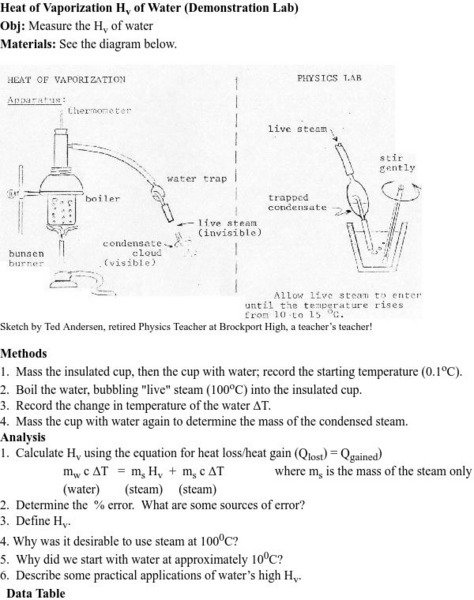


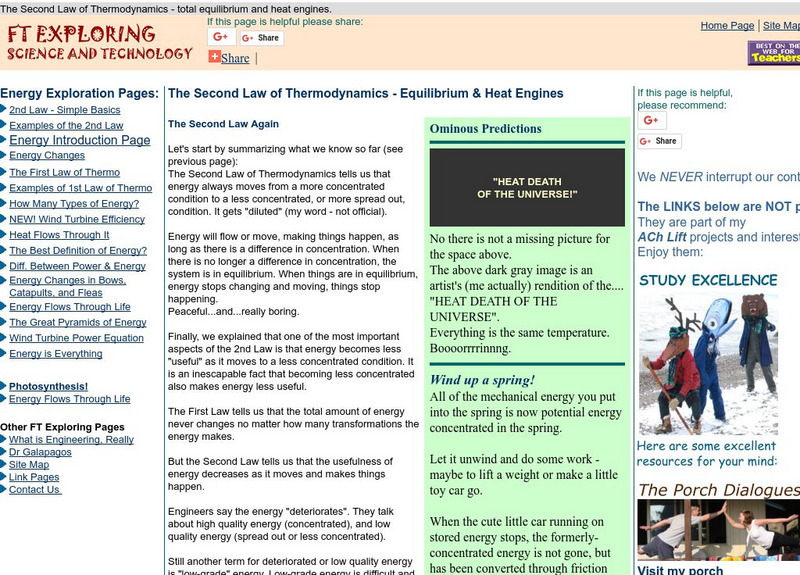
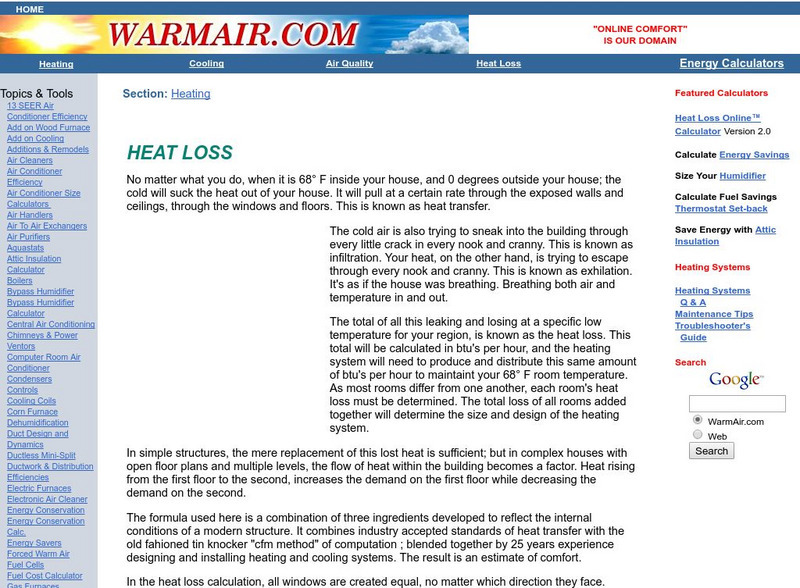
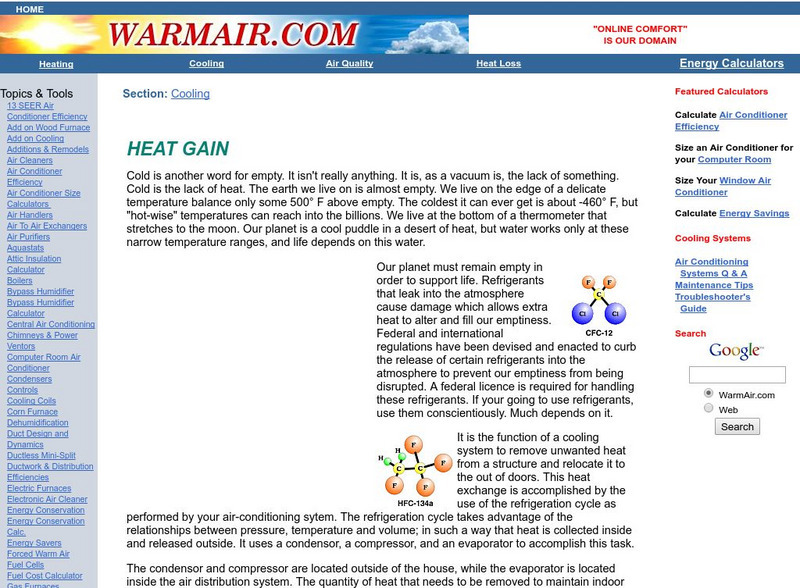

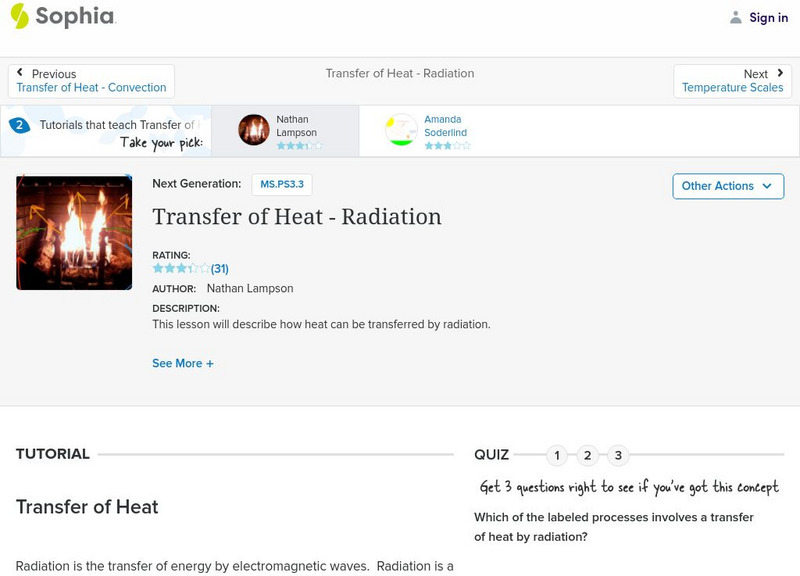

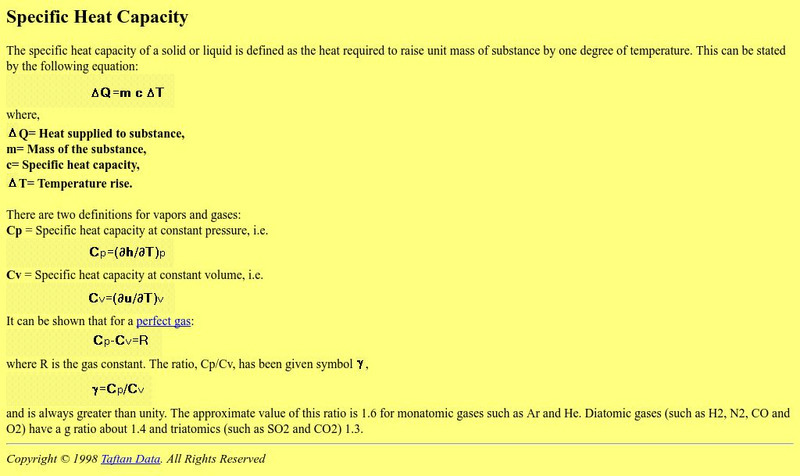

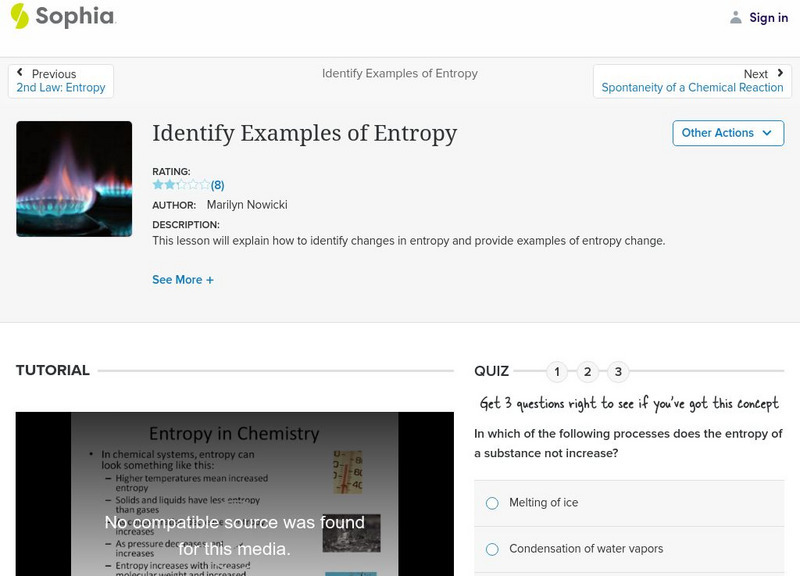

![Educaplus: Calorimetria [In Spanish] Activity Educaplus: Calorimetria [In Spanish] Activity](https://content.lessonplanet.com/knovation/original/366822-e58f9ef2399b6d28695cbc1d7c604def.jpg?1661772970)
![Educaplus: Transformaciones Termodinamicas [In Spanish] Activity Educaplus: Transformaciones Termodinamicas [In Spanish] Activity](https://content.lessonplanet.com/knovation/original/366823-971322fb111d96f255f8c660d203ed63.jpg?1661772971)

